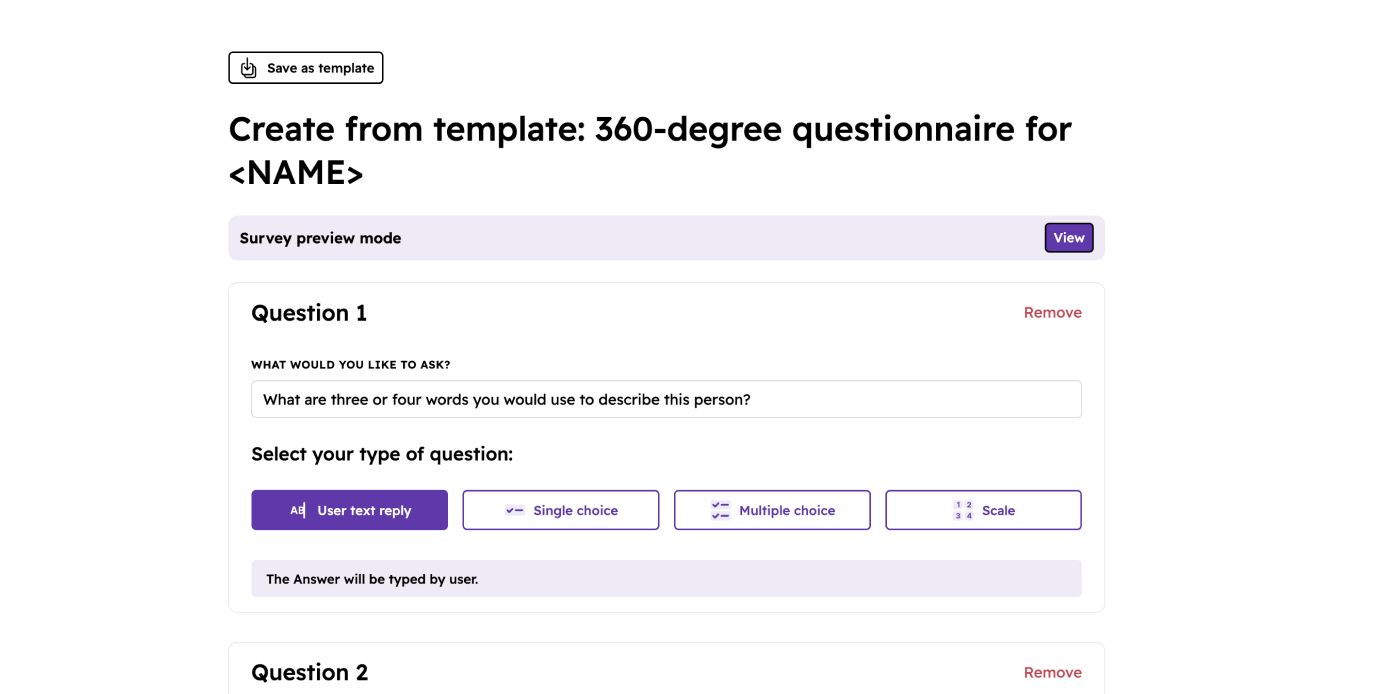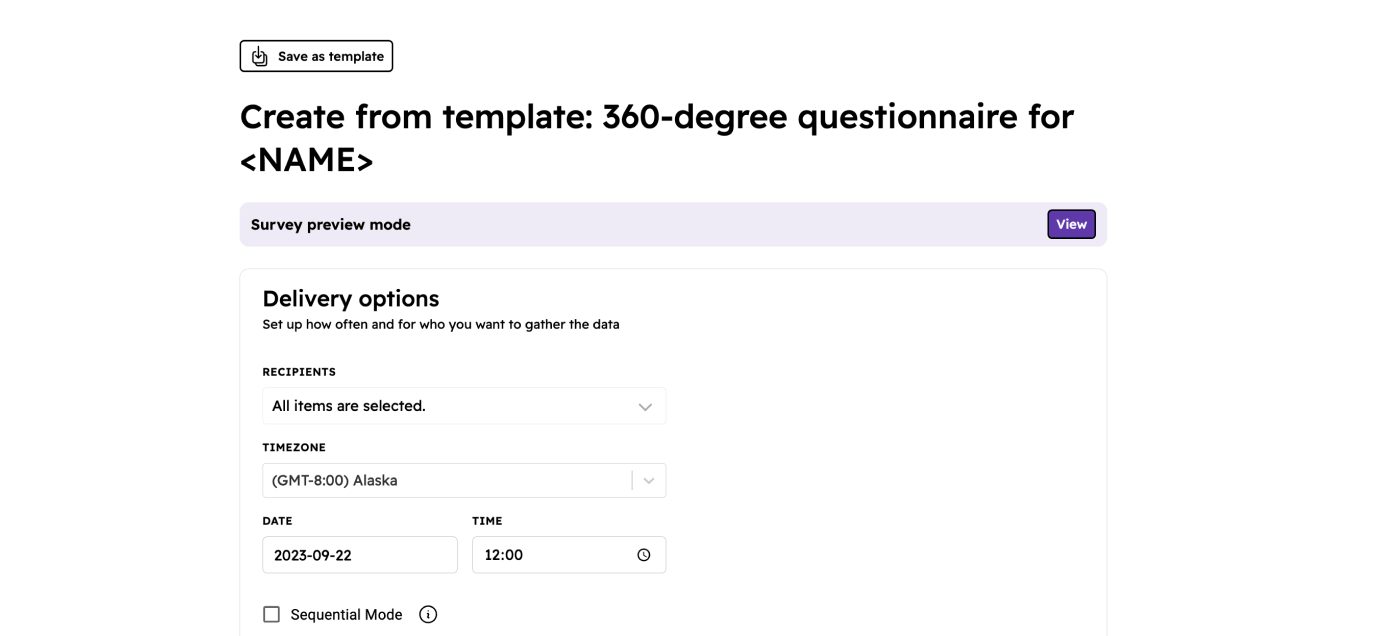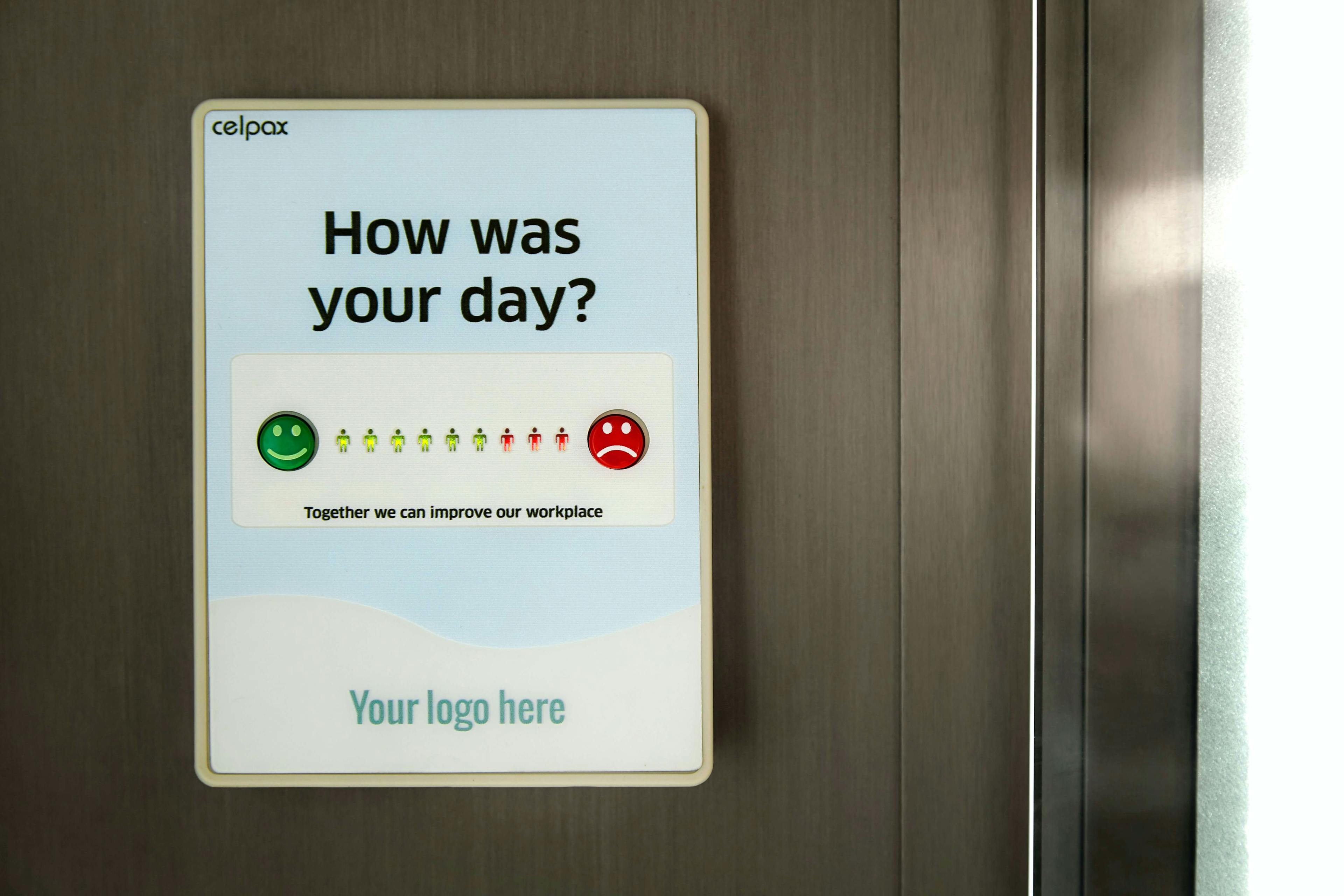In the ever-evolving landscape of performance management, organizations are continually seeking more comprehensive ways to assess employee performance and foster growth. One such approach to performance appraisal that has gained popularity is the 360-degree feedback process. In this extensive guide, we'll delve deeply into what 360-degree feedback for employees is, how it works, its benefits, best practices for implementation, potential pitfalls, and how it fits into the modern workplace.
Chapter 1: Understanding 360-Degree Feedback
1.1 What Is 360-Degree Feedback?
360-degree feedback, often referred to as multi-rater and feedback system, is a method of evaluating an employee's performance that transcends traditional, one-sided performance reviews. It does this by gathering feedback from various sources within an organization, creating a holistic picture of the individual's abilities, behavior, and impact.
1.2 The Origins of 360-Degree Feedback
The concept of 360-degree feedback has been around since the mid-20th century, originating in the U.S. military as a way to assess leadership qualities among officers. Over time, it evolved and found applications in various industries and sectors.
1.3 How Does 360-Degree Feedback Differ from Traditional Reviews?
1.3.1 Single Rater vs. Multi-Rater
In traditional performance reviews, an employee's performance is typically assessed by a single person, typically their supervisor or manager. In contrast, 360-degree feedback involves multiple raters, including peers, subordinates (if applicable), supervisors ineffective managers, and sometimes external stakeholders.
1.3.2 Subjectivity vs. Objectivity
Traditional reviews can be subjective, as they rely heavily on a single person's perception. 360-degree feedback, by collecting input from multiple sources, aims for a more objective assessment than one person's viewpoint.
1.3.3 Development vs. Evaluation
While traditional reviews often focus on evaluating past performance for purposes such as salary increases or promotions, 360-degree feedback is primarily a developmental development tool used. It emphasizes personal and professional growth.
1.4 The Anatomy of 360-Degree Feedback
1.4.1 Participant Selection
The employee under evaluation selects a group of individuals to provide feedback. This group usually includes peers, direct reports (if applicable, a direct report or direct manager either), supervisors, and sometimes clients or customers.
1.4.2 Anonymous Feedback
Anonymity is a crucial element in 360-degree feedback. Participants who provide anonymous feedback on their assessments anonymously, which encourages them to be candid and honest in their feedback.
1.4.3 Questionnaire or Survey
Participants complete a structured questionnaire or survey. These assessments typically include a combination of quantitative rating scales and open-ended questions. The survey questions often cover a broad range of critical competencies and, skills, and behaviors relevant to the employee's role.
1.4.4 Data Compilation
The collected feedback data is compiled and summarized, often using specialized software. This software helps in generating reports and identifying patterns in survey results.
1.4.5 Feedback Session
A feedback session is conducted with the employee by an HR professional or external facilitator. During this session, the employee receives feedback recipient and discusses the feedback report.
1.4.6 Development Planning
Based on the feedback received and proper training done, the employee, along with fellow team members and their supervisor or manager, develops a plan for personal and professional development. This plan focuses on addressing areas for improvement and building on strengths.
Chapter 2: The Benefits of 360-Degree Feedback
360-degree feedback offers several compelling benefits for the performance oriented employee development job satisfaction of both employees and organizations.
2.1 A Comprehensive View
By both measures behaviors and collecting input from various perspectives, 360-degree feedback reduces bias and subjectivity, offering a more balanced view of an employee's performance. This comprehensive view is invaluable for understanding a person's viewpoint, strengths and areas for improvement.
2.2 Developmental Focus
360-degree feedback is primarily geared toward personal and professional leadership skills development programs. It is less about evaluation for rewards and more about fostering growth and improvement.
2.3 Enhanced Self-Awareness
One of the most significant advantages of 360-degree feedback is its capacity to enhance self-awareness. Employees gain deeper insights into their strengths and weaknesses, helping them make more informed decisions about their own careers, career development and personal development.
2.4 Team and Organizational Improvement
The feedback collected through 360-degree assessments and performance review can reveal patterns and areas for improvement at the team or organizational level. This same data collection can be instrumental in addressing systemic issues and enhancing overall performance.
2.5 Enhanced Communication and Collaboration
As employees engage in the feedback process, it promotes open communication and collaboration. It fosters a culture of transparency and continuous improvement within the organization's strategy itself.
Chapter 3: Implementing 360-Degree Feedback
3.1 Building Trust and Anonymity
A successful 360-degree feedback process hinges on trust and anonymity. Participants must trust that their feedback will be confidential and used for development rather than punitive purposes. Clear communication about the process, custom survey's purpose and safeguards for anonymity are crucial.
3.2 Clear Communication
Effective communication is essential throughout the 360-degree feedback process. Participants, including those being assessed, need to understand why the process is being implemented, how it works, and what the expected outcomes and feedback results are.
3.3 Constructive Use of Feedback
Managers and employees should be trained on how to interpret and give feedback providers use the feedback constructively to improve performance. The focus should be on addressing weaknesses, building on strengths, and setting achievable development goals.
3.4 Training and Resources
Providing training and resources to all participants can significantly enhance the effectiveness of 360-degree feedback. This includes training human resources for those giving feedback, receiving feedback, and the feedback provided and facilitating the process of providing feedback.
3.5 Alignment with Organizational Goals
360-degree feedback should align with the organization's strategic goals and company values too. It should support the development of skills and behaviors that contribute to the organization's success.
Chapter 4: Common Pitfalls and Challenges of 360 feedback
While 360-degree feedback has many advantages, it also comes with its share of challenges and potential pitfalls.
4.1 Lack of Trust
If participants do not trust in the confidentiality and fairness of the process, they may not provide honest feedback, and constructive feedback. Building trust is paramount to success.
4.2 Misuse of Feedback
In some cases, negative feedback often can be used inappropriately, such as for punitive actions or as a tool for settling personal scores. Organizations must have clear policies in place to prevent such misuse.
4.3 Resistance to Change
Implementing 360-degree feedback can face resistance from employees accustomed to traditional review processes. Change management strategies may be necessary to ensure a smooth transition to 360 feedback now.
4.4 Feedback Overload
Managing the volume of feedback can be overwhelming. Ensuring that participants receive meaningful, actionable feedback rather than drowning in data is crucial.
4.5 Ineffective Follow-Up
Failing to follow up on feedback with concrete actions and development plans can undermine the entire process. . Effective feedback follow-up is essential for realizing the benefits of 360-degree feedback.
Chapter 5: 360-Degree Feedback in the Modern Workplace
5.1 Remote Work and Virtual Teams
As remote work and virtual teams become more prevalent, many organizations are adapting 360-degree feedback to suit these new work arrangements. Virtual tools and platforms make it possible to gather feedback from dispersed team members.
5.2 Diversity and Inclusion
360-degree feedback can play a role in fostering diversity and inclusion in the workplace by providing a platform for employees to voice their different perspectives and experiences.
5.3 Continuous Feedback
In the age of continuous performance management system, 360-degree feedback aligns well with the need for ongoing feedback and development conversations rather than annual reviews.
5.4 Integration with Technology
Advancements in technology have made it easier to collect, analyze, and report on employee evaluations and feedback. Organizations are increasingly integrating 360-degree feedback software into their HR tech stack.
Chapter 6: Case Studies - Real-World Applications of 360 feedback
To illustrate the real-world positive impact of 360-degree feedback, we delve into case studies of organizations that have successfully implemented this approach, highlighting their challenges, strategies, and outcomes.
Chapter 7: Try 360-Degree feedback process with your direct reports or peers using Wellbee
Step 1: Navigate to app.wellb.ee

Step 2: Sign in to you Slack workspace

Step 3: Select "360-degree questionnaire for <NAME>" from templates list

Step 4: Review and edit the 360 feedback questionnaire

Step 5: Set questionnaire delivery settings. Press Create and wait for results.

Step 6: Wait for responses and review the results of constructive feedback process

Chapter 8: Conclusion
In conclusion, 360-degree feedback is a powerful multi rater feedback tool for assessing employee performance comprehensively and fostering personal and employee growth through professional and leadership development programs and initiatives. When implemented thoughtfully and with a focus on trust, communication, and constructive use of feedback, it can unlock the full potential of the workforce, driving growth and success for individuals and organizations alike. As the workplace continues to evolve, 360-degree feedback remains a valuable tool for ensuring that employees are continually learning, growing, and contributing to their organizations' success.



